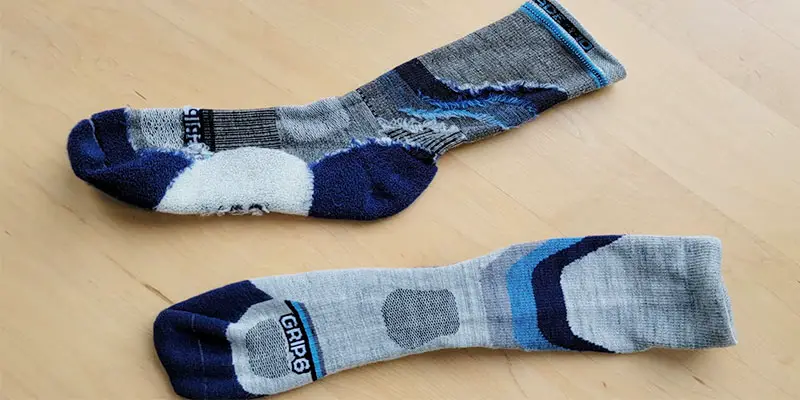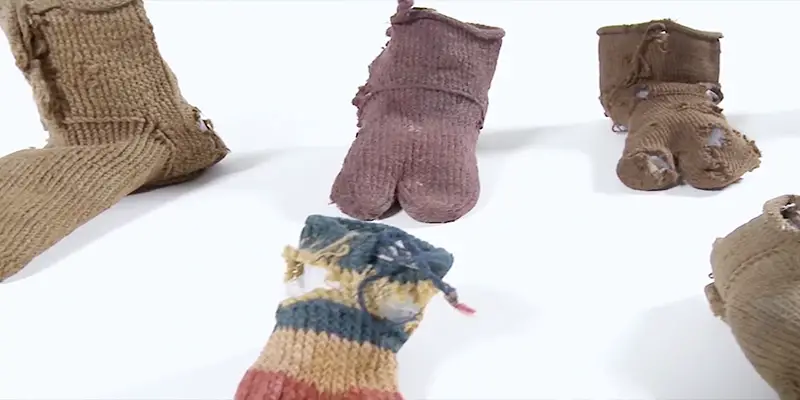Hi, I'm Christopher Bevans, the creator of SocksWiki.com. With a background in fashion design and a passion for innovation, I’m here to share my knowledge on socks from troubleshooting tips to detailed buying guides. I believe the right pair of socks can make all the difference, and through this site, I aim to help you find the perfect fit for every occasion.
Hi, I'm Christopher Bevans, the creator of SocksWiki.com. With a background in fashion design and a passion for innovation, I’m here to share my knowledge on socks from troubleshooting tips to detailed buying guides. I believe the right pair of socks can make all the difference, and through this site, I aim to help you find the perfect fit for every occasion.
The history of socks traces a long journey from ancient times to modern-day essentials. Originating as simple foot coverings made from animal skins, socks have evolved through the centuries, reflecting changes in materials, technology, and fashion.
Early examples, such as the knitted socks found in Egyptian tombs dating back to 500 AD, highlight their long-standing utility and significance.
Over time, innovations like knitting and the Industrial Revolution transformed socks from hand-crafted items to mass-produced garments.
Today, socks are not only practical but also a fashion statement, with designs ranging from functional athletic wear to stylish accessories.
What is Sock or What Are Socks?
Socks are garments worn on the feet, typically covering the ankle and extending up the lower leg.
They are usually made from various materials such as cotton, wool, synthetic fibers, or blends, and are designed to provide warmth, comfort, and protection for the feet.
Socks come in a variety of styles, lengths, and thicknesses, ranging from thin dress socks to thick, cushioned athletic socks.
They serve practical purposes, such as absorbing sweat and reducing friction between the feet and shoes, while also serving as fashion accessories, with countless designs and patterns available to suit personal tastes and preferences.
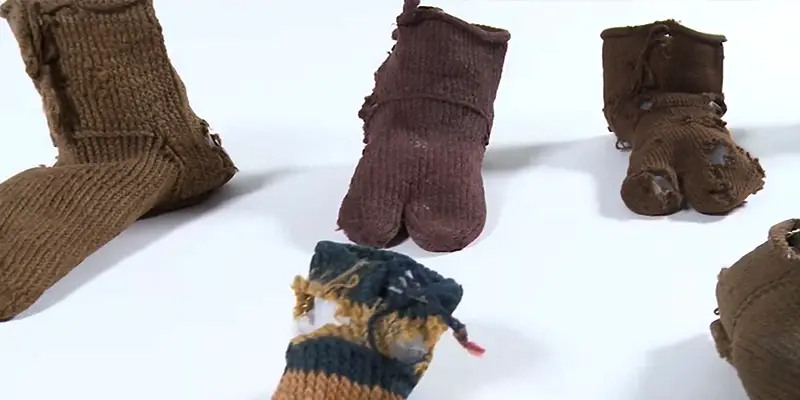
Socks History -Timeline or History Facts
Here’s a timeline of significant events and facts in the history of socks:
Ancient Times
- 8th Century BC: The oldest known socks date back to this period, discovered in Egyptian tombs.
These early socks were rudimentary foot coverings made from animal skins, often tied around the ankles to provide warmth and protection.
- 2nd Century AD: The Romans began to improve sock design by weaving fabrics to create more durable and comfortable foot coverings known as “udones.”
These socks were primarily worn by soldiers and the upper classes and were a significant departure from earlier animal skin coverings.
History of Socks in Early Middle Ages
- 5th Century: Socks gained popularity across Europe, particularly among the clergy and nobility.
They were predominantly made from wool or silk and were considered a symbol of purity and status.
During this time, socks were typically plain and functional, lacking the decorative elements seen in later centuries.
- 8th Century: Socks evolved into longer garments called “hose,” which covered not only the feet but also the legs.
These hose were often brightly colored and could be intricately decorated, especially among the nobility.
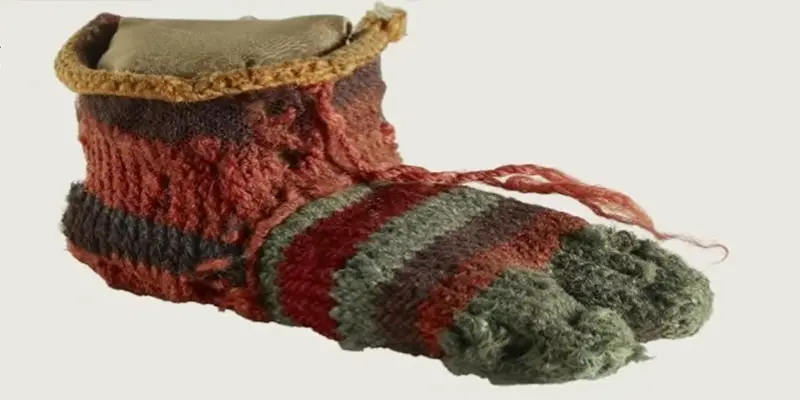
Socks in High Middle Ages to Renaissance
- 12th Century: Socks became more widely accessible across different social classes, with varying materials and quality.
Wool remained the most common material, providing warmth and durability, while silk socks were favored for their luxurious feel.
- 14th Century: The introduction of knitting revolutionized sock production, leading to more elastic and form-fitting designs.
Knitted socks offered superior comfort and flexibility compared to woven or sewn alternatives.
- 15th Century: The Renaissance saw a flourishing of decorative socks, particularly among the nobility.
Socks were often embellished with elaborate embroidery, lace, and even jewels, showcasing the wearer’s wealth and status.
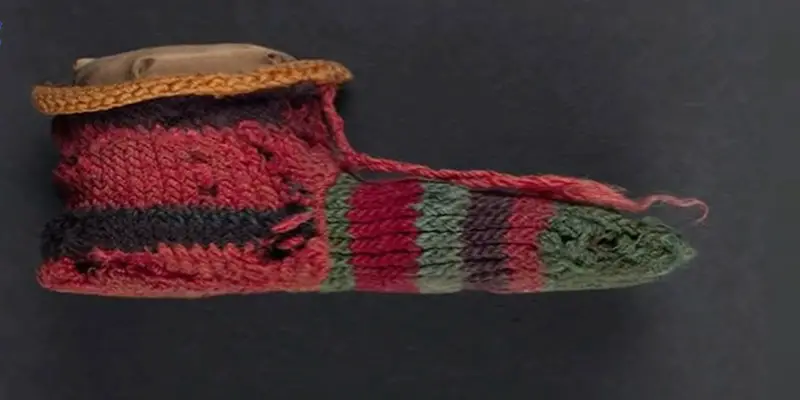
16th to 18th Centuries Socks
- 1589: William Lee’s invention of the stocking frame marked a significant milestone in sock manufacturing.
This mechanized knitting machine increased production efficiency, making socks more affordable and widely available.
- 17th Century: Silk stockings became increasingly popular, especially among the upper classes.
These stockings were prized for their luxurious feel and were often dyed in rich colors to complement fashionable attire.
- 18th Century: The Industrial Revolution spurred further innovations in sock production, with the introduction of mechanized knitting machines and improvements in dyeing techniques.
Socks became an essential wardrobe staple for people of all social backgrounds.
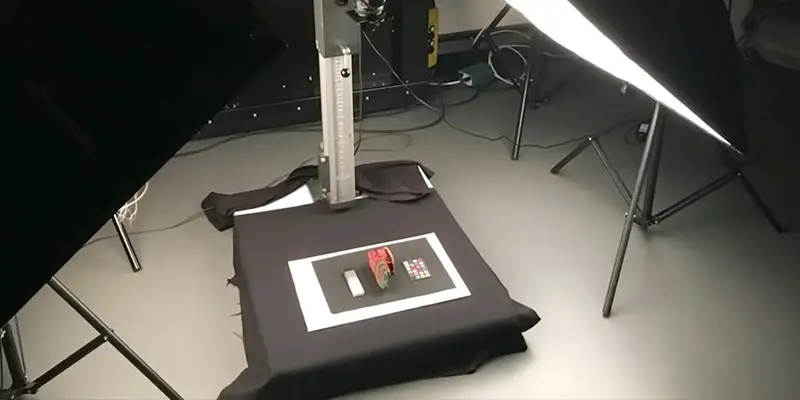
Socks in 19th Century
- 1800s: Cotton emerged as a popular material for socks due to its affordability, comfort, and breathability.
The introduction of elastic materials like spandex improved sock fit and durability.
- 1875: The invention of the circular knitting machine enabled seamless sock production, enhancing comfort and reducing manufacturing costs.
This innovation paved the way for the mass production of socks on an unprecedented scale.
Socks in 20th Century
- 1920s: The invention of nylon revolutionized sock manufacturing, offering a more durable and affordable alternative to silk.
Nylon stockings became a fashion sensation, epitomizing the glamour of the Roaring Twenties.
- 1950s: The post-war era witnessed the rise of athletic socks, catering to the growing interest in sports and physical fitness.
Ankle socks also gained popularity, reflecting changing fashion trends and the desire for more casual attire.
- 1980s: Socks became a fashion statement in their own right, with bold colors, patterns, and designs becoming increasingly popular.
This decade saw the emergence of designer socks and branded offerings, catering to diverse consumer preferences.
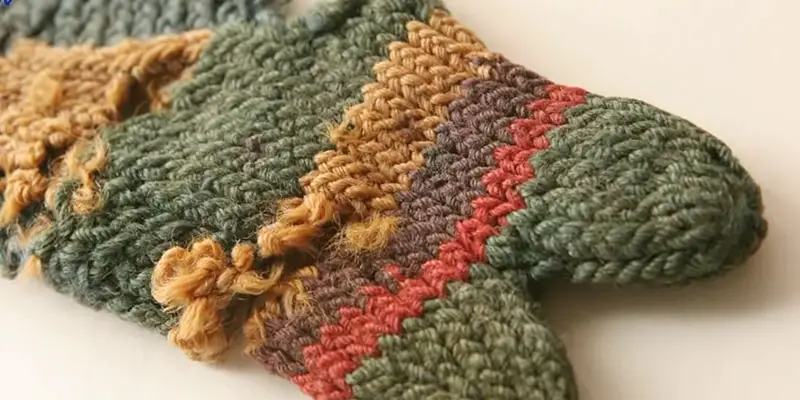
21st Century Socks
- 2000s: The advent of advanced textile technologies led to the development of performance socks tailored for specific activities such as running, hiking, and cycling.
These socks incorporated features like moisture-wicking fabrics, cushioned soles, and arch support to enhance athletic performance and comfort.
- 2010s: The rise of e-commerce and direct-to-consumer brands transformed the sock industry, offering greater convenience and variety to consumers.
Customizable and subscription-based sock services gained traction, allowing individuals to personalize their sock preferences.
- Present Day: Sustainability and eco-consciousness have become key priorities in sock manufacturing.
Brands increasingly utilize recycled materials, organic fibers, and innovative production methods to minimize environmental impact.
The intersection of fashion and function continues to drive sock design, with an emphasis on comfort, style, and performance in equal measure.
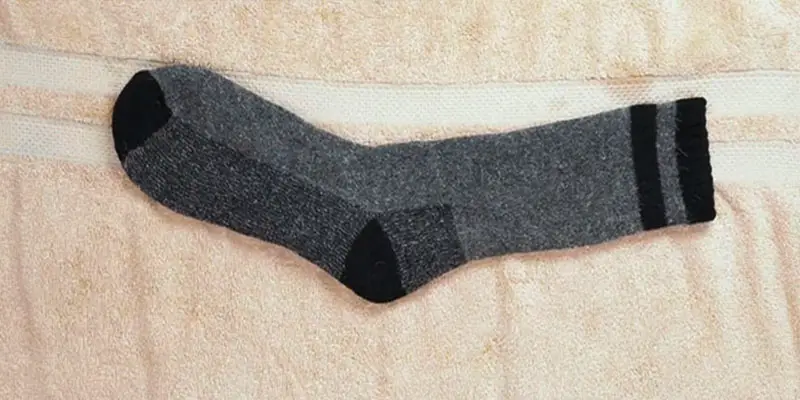
Invention of socks
The invention of socks is believed to have occurred thousands of years ago, with the exact origins obscured by the passage of time.
Rather than a single moment of invention, the development of socks likely emerged gradually across different ancient civilizations as a response to the need for foot protection and warmth.
Early Origins of Socks: Ancient Egypt (8th Century BC)
In ancient Egypt, the earliest known instances of rudimentary foot coverings were discovered. These primitive socks were crafted from animal skins and likely served as basic protection against the elements.
While simple in design, they laid the foundation for the development of more sophisticated foot coverings in later civilizations.
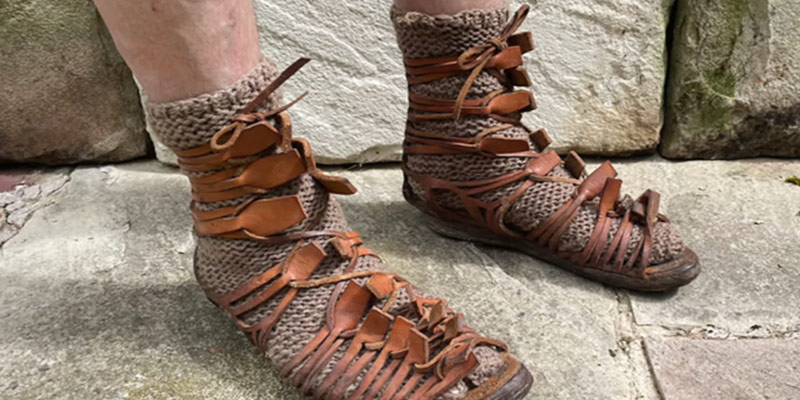
Roman Innovation: Roman Empire (2nd Century AD)
The Romans introduced significant innovations in sock design by weaving fabrics to create more structured and comfortable foot coverings known as “udones.”
This marked a departure from the crude animal skin coverings used in earlier times.
The adoption of woven fabrics allowed for greater flexibility, durability, and warmth, particularly important for soldiers and the upper classes who wore them.
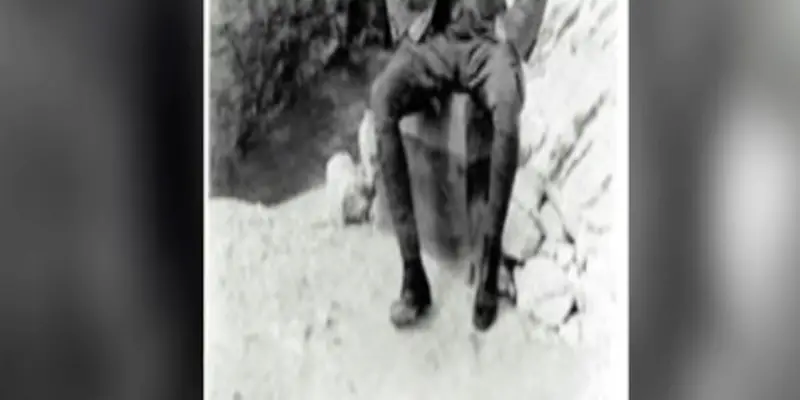
Evolution in the Middle Ages: Middle Ages (5th – 12th Century)
Socks became increasingly prevalent across Europe during the Middle Ages. Initially, they were predominantly made from wool or silk, providing essential warmth and protection.
However, it wasn’t until the 12th century with the advent of knitting that socks underwent a significant transformation.
Knitting revolutionized sock production, enabling the creation of more elastic and form-fitting designs, thus enhancing comfort and wearability.
Transition to Hose: Emergence of Hose (8th – 15th Century)
As medieval fashion evolved, socks transitioned into more structured garments known as “hose.”
These garments covered not only the feet but also extended up the legs. Hose were often brightly colored and decorated, particularly among the nobility, serving as symbols of wealth and status.
The transition from simple socks to elaborate hose marked a shift in fashion and craftsmanship during this period.
Industrial Revolution: Invention of Stocking Frame (1589)
The Industrial Revolution brought about significant advancements in sock manufacturing with the invention of the stocking frame by William Lee in 1589.
This mechanized knitting machine revolutionized sock production, leading to the mass production of socks on an unprecedented scale.
The stocking frame laid the groundwork for the modern sock industry, making socks more affordable and widely accessible to people of all social classes.
20th Century Innovations: Introduction of Nylon
The 20th century witnessed another pivotal moment in sock history with the introduction of nylon.
Developed in the late 1930s, nylon revolutionized sock manufacturing, offering a more durable and affordable alternative to silk.
Nylon stockings, in particular, became a fashion sensation in the 1920s, symbolizing the glamour and modernity of the era.
Contemporary Sock Evolution: Diverse Range of Styles
Today, socks are available in a diverse range of styles, materials, and designs to cater to various preferences and activities.
From everyday cotton socks to high-performance athletic socks, consumers have access to a wide array of options to suit their needs.
Technological Advancements: Advancements in textile technology have led to the development of high-performance athletic socks engineered for specific activities such as running, hiking, and cycling.
These socks often incorporate features like moisture-wicking fabrics, cushioned soles, and arch support to enhance comfort and performance.
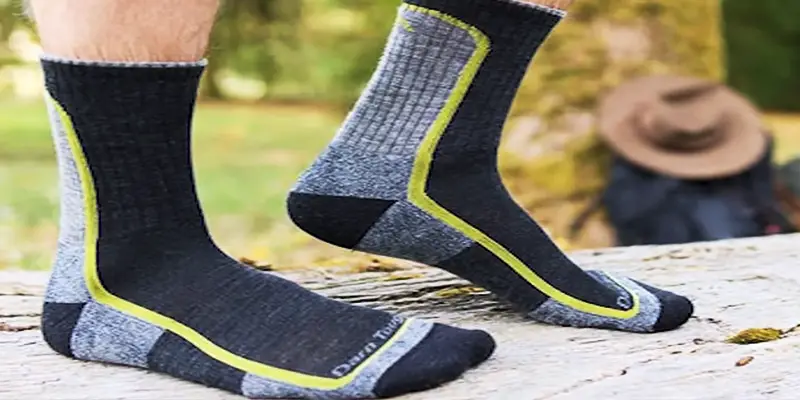
Men’s Socks History
Let’s get into the history of men’s socks:
Early Foot Coverings
Throughout history, men have utilized various forms of foot coverings for protection and warmth.
In ancient civilizations such as Egypt and Rome, both men and women wore rudimentary socks made from animal skins or woven fabrics.
These early foot coverings were basic in design but served the practical purpose of shielding the feet from harsh terrain and weather conditions.
Middle Ages to Renaissance
During the Middle Ages, socks evolved alongside advancements in textile production and knitting techniques.
Wool and silk became the predominant materials for men’s socks, offering warmth and comfort.
Knitting, which gained prominence in the 12th century, revolutionized sock production, enabling the creation of more elastic and form-fitting designs.
By the Renaissance, socks had become an essential component of men’s attire, particularly among the nobility.
Elaborately decorated hose, which covered the feet and legs, were worn as symbols of wealth and status.
These hoses were often made from luxurious materials such as silk and adorned with intricate embroidery and lace.
Industrial Revolution
The Industrial Revolution marked a significant turning point in the history of men’s socks. In 1589, the invention of the stocking frame by William Lee revolutionized sock manufacturing, leading to mass-produced socks on an unprecedented scale.
As industrialization spread, socks became more affordable and widely accessible to men of all social classes.
20th Century Innovations
The 20th century witnessed several key innovations in men’s sock manufacturing. With the introduction of synthetic materials such as nylon, socks became more durable and affordable.
Nylon stockings, in particular, became a fashion sensation in the 1920s, epitomizing the glamour of the era.
Throughout the century, men’s sock styles evolved in tandem with changing fashion trends.
From the formal dress socks worn with suits to the casual athletic socks popularized by the rise of sports culture, men’s socks became increasingly diverse in style and function.
Contemporary Trends
In the 21st century, men’s socks continue to be a versatile and essential accessory. From classic dress socks in neutral colors to bold and colorful patterns, men have a wide range of options to express their personal style.
The advent of e-commerce and direct-to-consumer brands has also revolutionized the way men shop for socks, offering greater convenience and variety.
Women Socks History
The history of women’s socks parallels that of men’s, with both genders utilizing various forms of foot coverings for protection and warmth throughout the ages.
Let’s explore the specific evolution of women’s socks:
Early Foot Coverings
In ancient civilizations such as Egypt and Rome, women, like men, wore rudimentary socks made from materials such as animal skins or woven fabrics.
These early foot coverings served the practical purpose of shielding the feet from harsh terrain and weather conditions.
However, as societies evolved, distinctions in fashion and style began to emerge between men’s and women’s footwear.
Medieval to Renaissance
During the Middle Ages and into the Renaissance period, women’s socks evolved alongside advancements in textile production and knitting techniques. Wool and silk were commonly used materials, providing warmth and comfort.
Knitting, which gained prominence in the 12th century, allowed for the creation of more elastic and form-fitting designs, catering to the specific needs and preferences of women.
As with men’s fashion, women’s socks transitioned into more structured garments known as hose. These hose covered not only the feet but also extended up the legs.
Among women of nobility and wealth, hose were often elaborately decorated with embroidery, lace, and other embellishments, serving as symbols of status and fashion.
Industrial Revolution
The Industrial Revolution marked a significant shift in the production and accessibility of women’s socks.
With the invention of the stocking frame in 1589, sock manufacturing became mechanized, leading to mass-produced socks on a larger scale.
As industrialization progressed, women from various social classes gained access to a wider range of sock styles and materials.
20th Century and Beyond
In the 20th century, women’s sock styles diversified to reflect changing fashion trends and societal norms.
From the formal stockings worn with dresses and skirts to the more casual ankle socks popularized during the mid-century, women’s socks became increasingly versatile in both style and function.
Frequently Asked Questions
Were Socks or Shoes Invented First?
Shoes were invented before socks.
Early humans used animal hides to protect their feet from rough terrain, while socks, made from animal skins or woven fabrics, were developed later to provide additional warmth and comfort.
Why Were Socks Invented?
Socks were invented to protect feet from the cold, reduce friction between feet and shoes, and absorb sweat, improving overall foot hygiene and comfort.
Who Invented Socks First?
The ancient Greeks are credited with the first use of socks, made from matted animal hair, around the 8th century BC. These early socks were worn to provide warmth and protection.
What is the Origin of Socks?
The origin of socks dates back to ancient times, with the earliest known knitted socks found in Egyptian tombs from around 500 AD and even earlier knitwear discovered in Jutland from 1500 BC.
Who Wore the First Sock?
The first people known to wear socks were the ancient Egyptians and Greeks, who used rudimentary socks made from animal skins or hair.
When Were Ankle Socks Invented?
Ankle socks gained popularity in the 1950s as fashion trends shifted and people sought shorter, more comfortable socks for casual wear and athletic activities.
Oldest Socks in the World?
The oldest socks were found in Egyptian tombs dating back to 500 AD, showcasing ancient foot coverings’ ingenuity.
Ancient Roman Socks?
Ancient Roman socks were known as “udones,” woven fabrics providing durability and comfort, primarily worn by soldiers and the elite.
Ancient Egyptian Socks?
Ancient Egyptian socks were crafted from animal skins, serving as rudimentary foot coverings for warmth and protection against the elements.
To Recap
Socks’ history of invention, believed to originate thousands of years ago, evolved gradually across ancient civilizations.
Early foot coverings, like those found in Egyptian tombs, transitioned to woven fabrics in the Roman Empire.
Knitting advancements in the Middle Ages improved comfort and fit. By the Renaissance, socks became elaborate garments.
William Lee’s stocking frame in 1589 marked a pivotal moment, enabling mass production during the Industrial Revolution.
From rudimentary beginnings to modern accessories, socks have continuously adapted to meet practical and fashion needs, reflecting human ingenuity throughout history.

Hi, I'm Christopher Bevans, the creator of SocksWiki.com. With a background in fashion design and a passion for innovation, I’m here to share my knowledge on socks from troubleshooting tips to detailed buying guides. I believe the right pair of socks can make all the difference, and through this site, I aim to help you find the perfect fit for every occasion.
- Latest Posts by Christopher Bevans
-
Socks Smell Like Ammonia: Causes and Solution
- -
Best Socks Material for Sweaty Feet 2026
- -
What Socks to Wear With Cowboy Boots?
- All Posts

